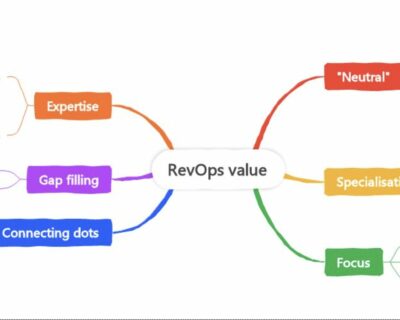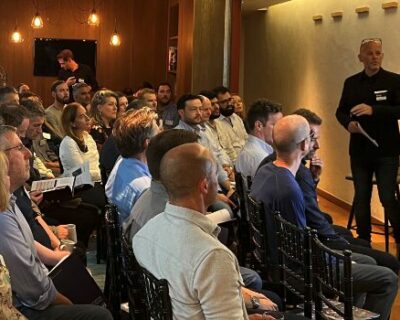As Frog portfolio company Azimo – a global leader in online and smartphone-based money transfers – expands into Sub-Saharan Africa, CEO Richard Ambrose expounds on the bigger role of technology in emerging markets as well as considerations Fintech companies should know when doing business across Africa.
In line with its Tech for Growth programme, which puts the spotlight on UK-Africa business partnerships, The Department of International Trade spoke with Ambrose to get some tips and key takeaways from the tech company’s expansion experience.
On choosing Sub-Saharan Africa as a priority region for Azimo’s work, Ambrose noted that it is one of the largest and fastest-growing regions for receiving remittances. He also highlighted that remittance flows into the region exceed total Foreign Direct Investment and that Nigeria receives 50% of this flow, which is why it is one of Azimo’s key markets.
“Our mission is to use technology to make financial services affordable and available to all. The cost of sending money to Sub-Saharan Africa remains high at around 7-9%, while Azimo offers an instant service with a total cost of around 2%. This allows our customers to support their families at home more effectively by being able to get a larger amount of money back to them,” he said.
Besides that, Ambrose gave three important things that fintech companies should consider while expanding in emerging markets:
- The local regulatory framework
- Local nuances – every market is different
- These markets have a different kind of tech sophistication
When asked about the key lessons he has learned in their international expansion journey, Ambrose said: “Probably the most important lesson is patience. Entering a new market, especially one outside Europe, requires regulatory approval, licensing, setting up banking relationships, opening offices and signing commercial deals. The lead times for any of these activities can be many months. We’ve learned to do them in parallel and to expect some bumps along the road.”
Read the full article here.













